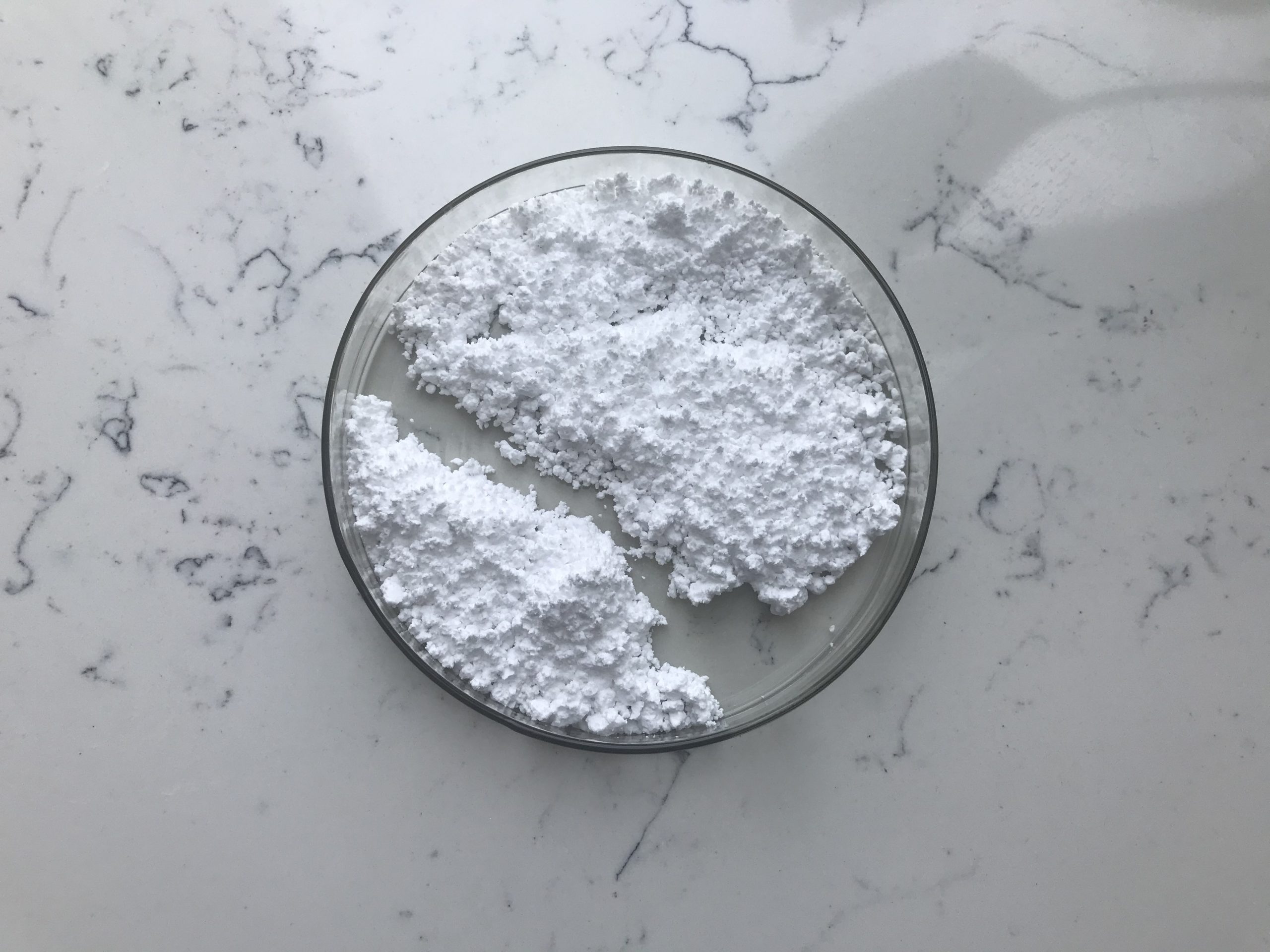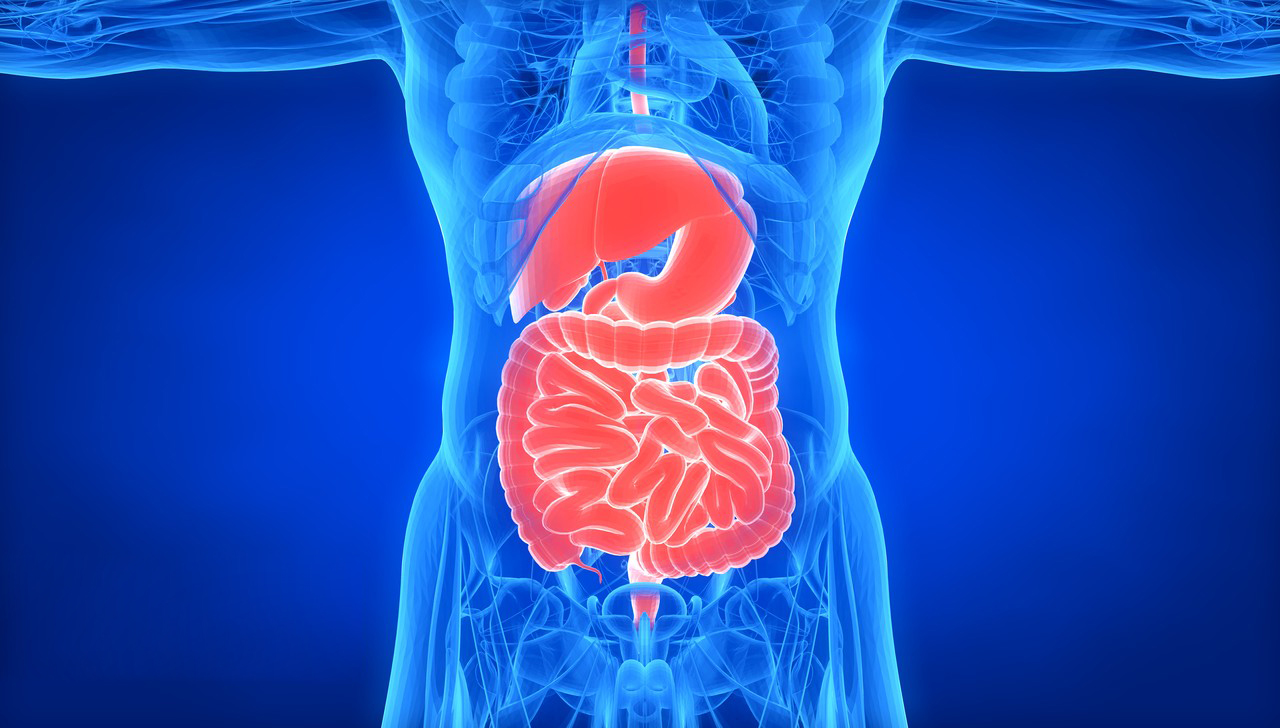Citicoline sodium (also known as CDP-choline sodium or cytidine diphosphate choline sodium) is a compound that is used as a nootropic and neuroprotective agent. It is often employed in clinical settings for its potential to improve cognitive function and to support brain health. Here’s an overview of the typical materials and methods involved in the synthesis, formulation, and use of citicoline sodium:
Materials of Citicoline Sodium:
- Choline Bitartrate: A source of choline, which is a precursor to acetylcholine and vital for the synthesis of phospholipids in cell membranes, particularly in the brain.
- Cytidine: A nucleotide that serves as a precursor to the synthesis of RNA and other important cellular functions.
- Sodium Hydroxide (NaOH): Used to adjust the pH and to produce the sodium salt of citicoline.
- Water: Used as a solvent for preparation, particularly in aqueous formulations like solutions or injectables.
- Phosphoric Acid (if required): Sometimes used to adjust pH levels in the synthesis process.

Methods of Synthesis:
1.Synthesis of Citicoline Sodium:
- The synthesis of citicoline sodium involves reacting choline bitartrate with cytidine, often in the presence of sodium hydroxide to form a sodium salt of citicoline.
- In one method, cytidine diphosphate (CDP)-choline is synthesized by combining cytidine and choline sources in an aqueous solution. The sodium hydroxide is added to the mixture to neutralize the acidity and to form citicoline sodium.
2.Purification:
- After synthesis, the product is typically purified using filtration and crystallization techniques to remove impurities.
- The citicoline sodium is often filtered, followed by drying to obtain a pure form of the compound. High-performance liquid chromatography (HPLC) may be used to confirm the purity of the final product.
3.Formulation for Clinical Use:
- Oral Dosage Forms: Citicoline sodium is commonly formulated as tablets or capsules for oral administration. These formulations may include excipients like fillers, binders, and disintegrants to ensure proper tablet formation and dissolution.
- Injectable Solutions: Citicoline sodium can also be formulated into injectable solutions. The solution is typically made by dissolving citicoline sodium in sterile water or saline, and the pH is adjusted to ensure stability.
- Topical/Intranasal Formulations: Less commonly, citicoline sodium can be used in topical or intranasal formulations for local delivery to the brain.

4.Stabilization:
- Citicoline sodium can be sensitive to light and air, so proper packaging (e.g., in airtight, light-protective containers) is often used to stabilize the compound.
- Some formulations may include stabilizing agents or antioxidants to improve shelf life.
Methods of Use (Clinical Applications):
- Cognitive Improvement: Citicoline sodium is widely used in clinical settings for improving cognitive function, particularly in conditions like Alzheimer’s disease, stroke, or traumatic brain injury.
- Neuroprotection: It is believed to help prevent neuronal damage by promoting the synthesis of phospholipids and supporting the structure and function of cell membranes.
- Dosing: The typical oral dosage ranges from 500 mg to 2000 mg per day, depending on the condition being treated. Injectable doses may vary but often fall in the range of 500 mg to 1000 mg per injection.
- Combination Therapy: It is sometimes combined with other nootropics or neuroprotective agents to enhance cognitive and memory-related benefits.

Safety and Side Effects:
- Common Side Effects: Citicoline sodium is generally considered safe, but some mild side effects may include headaches, gastrointestinal discomfort, or dizziness.
- Contraindications: Individuals with hypersensitivity to choline or components of citicoline sodium should avoid using the product.
These are general materials and methods, but the specific process can vary depending on the manufacturer or the intended use of the compound.
